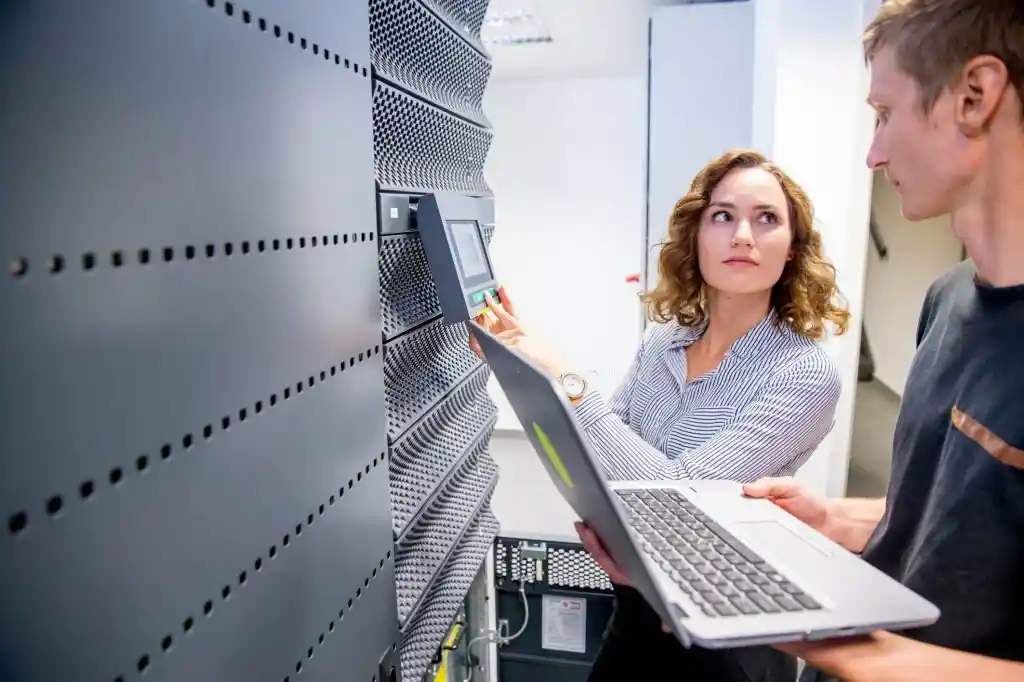Client-server computing is a model in which multiple computers, devices, or processes collaborate to achieve a common goal or perform a task. In this model, one device or program, known as the client, requests services or resources from another, known as the server. This architecture allows for the distribution of tasks and resources, enhancing efficiency and scalability in various applications.
The client-server model operates on a network where clients, such as personal computers, smartphones, or IoT devices, communicate with servers, which can be powerful computers or dedicated hardware designed to provide specific services or resources.
- Client: This is the end-user device or application that initiates requests for services or resources from the server. Clients can be software applications, web browsers, or devices like computers, smartphones, etc.
- Server: The server is a powerful computer or system that manages resources, processes requests from clients, and provides services or data based on these requests. Servers can have different roles—file servers, web servers, database servers, etc.
- Communication: Clients and servers communicate using protocols like HTTP, FTP, TCP/IP, etc. The client sends a request to the server, and the server processes the request and sends back a response.
- Architecture: There are different types of client-server architectures, including two-tier, three-tier, and n-tier architectures, each with varying levels of distribution and complexity in how they manage requests and data.
Benefits of client-server computing include centralized management, scalability, improved resource utilization, and easier maintenance and updates. It’s widely used in various fields such as web applications, enterprise systems, cloud computing, and more.
